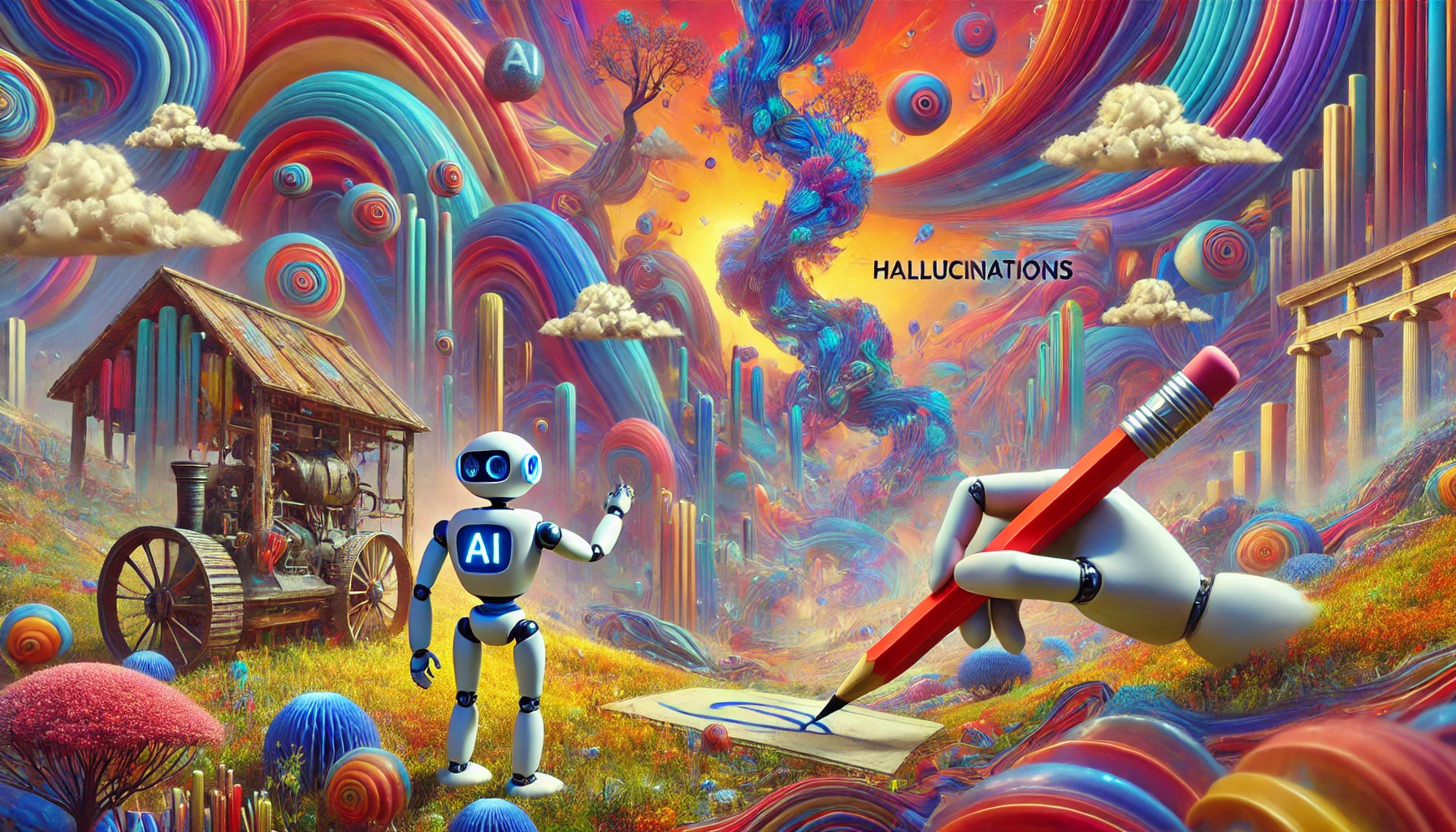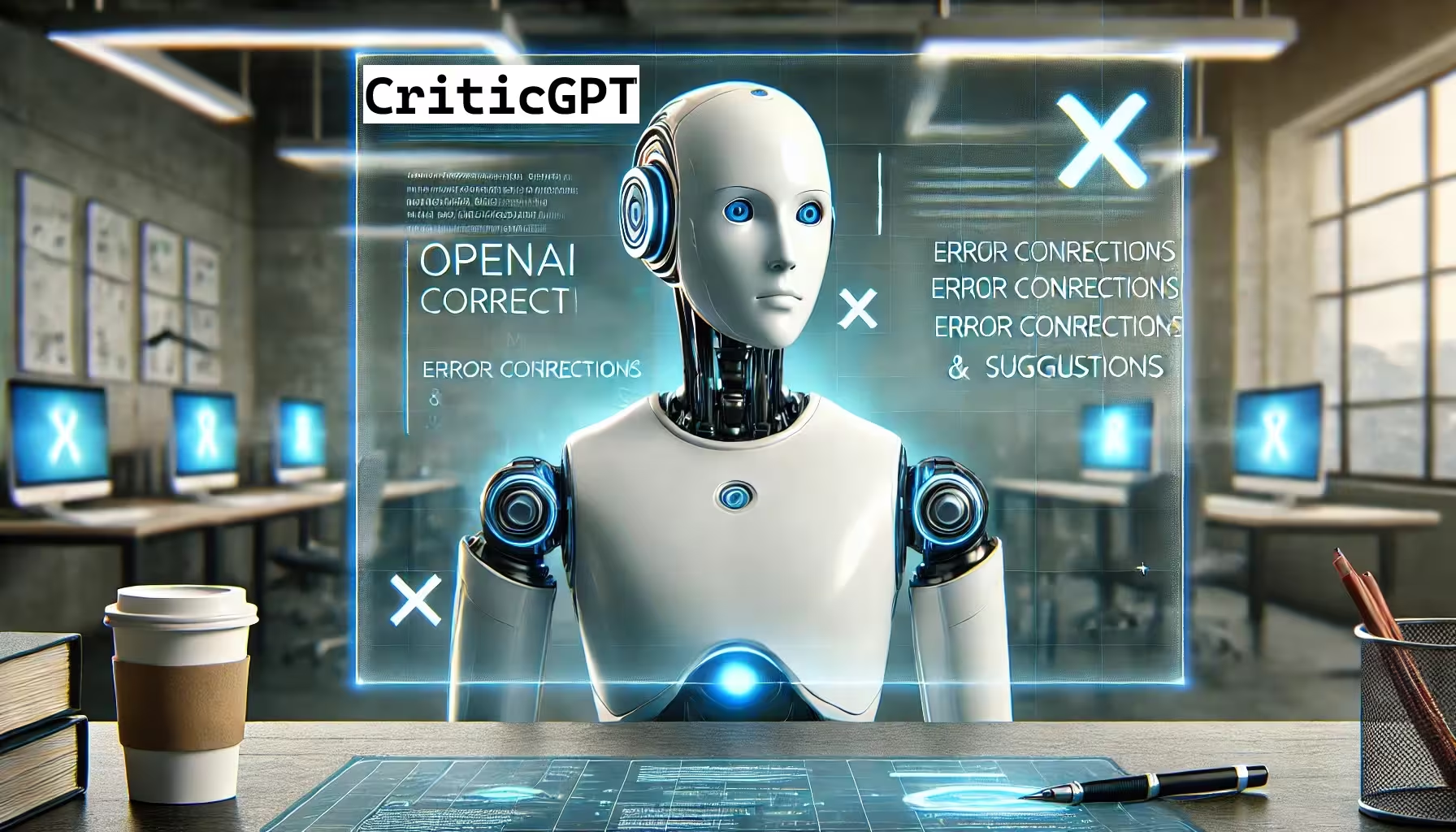🧠✋ Hallucinations Reduction
Hallucinations Reduction refers to the process of minimizing the errors and inaccuracies generated by large language models (LLMs). When LLMs, such as those used in AI text generation, produce outputs, they sometimes create false or misleading information known as “hallucinations.” These hallucinations can be problematic, leading to misinformation and undermining trust in AI technology. Reducing these hallucinations is crucial for enhancing the reliability and effectiveness of AI applications.
How AI is Intervening
AI is stepping in with innovative tools to tackle the challenge of hallucinations. For example, advanced algorithms are being developed to cross-check and verify information before it’s presented. One notable tool is OpenAI’s enhanced models, which incorporate real-time fact-checking mechanisms. Another example is Google’s AI research on self-improving models that learn from their mistakes, thereby reducing the frequency of hallucinations. These tools not only improve accuracy but also bolster user confidence in AI-driven solutions across various fields such as healthcare, finance, and customer service.
Our Recommendations and Alternatives
When it comes to addressing hallucinations in AI, there are a few strategies you can consider. Firstly, opt for AI models that prioritize transparency and provide sources for the information they generate. This allows you to verify the accuracy of the content. Secondly, use AI tools that integrate multiple data points and cross-references to minimize errors. Lastly, consider AI solutions that offer customizable settings, enabling you to adjust the level of scrutiny based on your specific needs. These approaches can significantly reduce the likelihood of encountering hallucinations, making your AI interactions more reliable and trustworthy.
We have a range of AI tools below that can help you address this use case effectively.
-

AI Hallucinations: Why They Happen and How to Reduce Them
AI hallucinations in large language models can lead to surprising and often misleading outputs. Imagine you’re asking your AI assistant about scientific concepts or historical facts, and it responds with confident, yet entirely fictitious explanations. These aren’t just simple mistakes; they represent a complex challenge known as “AI hallucination,” where the model generates plausible but […]
-

OpenAI CriticGPT Critique AI
Meet CriticGPT from OpenAI, your new go-to for refining AI outputs with insightful critiques. Picture this: you’ve got a summary, a model-written article, or even a simple text output.
